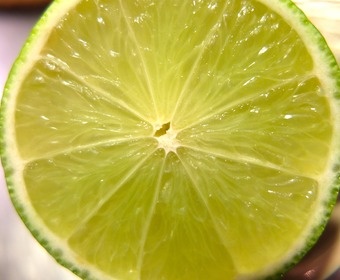
All about sourness/acidity
Sourness (which doesn’t sound all that tasty) has to do with acidity (which sounds better) on the lower end of the PH-scale. This taste is originally about detecting warning signs that food has gone bad.
The receptors for acidity in the mouth are similar to the ones for saltiness.
Moderate acidity best
A hint – but not dominance – of acidity creates taste sensations that are bigger and more satisfactory. The right amount of acidity in food is perceived as “refreshing”.
Acidity ”purses” the mouth
The mouthfeel induced by acidity is dryness – the mouth “purses”. It is the balanced acidity at the end of a sip that gives wine a "dry" sensation. The physiological reaction of the mouth is to respond with saliva, which makes the food even more succulent and tasty.
”Mouth-watering” acidity
Sweet things that you love almost certainly also have a degree of acidity. Acids stimulate the production of saliva and contribute to the quality of food and beverage that make the “mouth water”.
Friends with sugar and salt
Acidity plays well with both sugar and salt. Food that has turned out a little too sour can – with a little luck – be brought back to balance with a little sugar. Adding a little acidity in a sauce almost always enhances flavors in a good way. A small element of acidity can also save an otherwise insipid and tasteless salty dish.
Acidity curbs bitterness
Bitterness is a difficult taste to manipulate in the kitchen, but it can often be made more agreeable with acidity. For example: Acidity is often added to smoked fish (lemon), to green salads (vinegar), and to low quality and/or smoked teas (lemon).
In fruits and vinegar
A variety of acids in fruits and in vinegar create a sour taste experience. The sour juice in citrus fruits makes the taste in other fruits pop. Even aromatic spices such as basil, mint, cumin and coriander seeds have small – but important – traces of acidity.
Acidity as a cooking technique
To add acidity to food is a technique common to many cultures. The acidity in pickles denaturalizes and preserves food, and adds a great taste-dimension at the same time. However, the high level of acidity in pickles can – in the hands of an inexperienced chef – eclipse other flavors on a plate.


